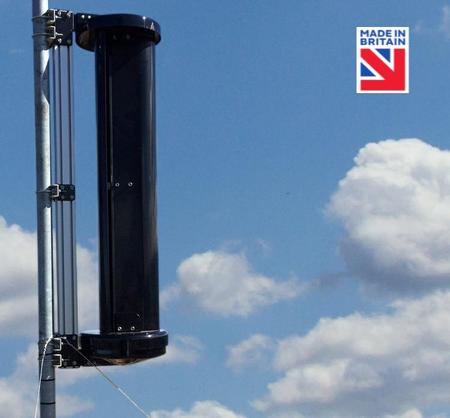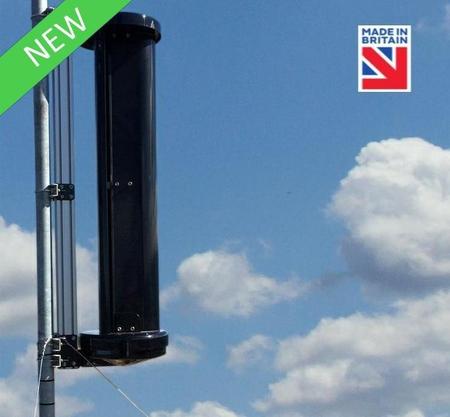Blog
Harnessing the Power of Small Wind Turbines to Achieve Renewable Energy Goals
As the world increasingly shifts towards sustainable energy solutions, the role of Small Wind Turbines in achieving renewable energy goals has become ever more significant. These compact energy generators are not only a viable option for rural and remote settings but also present a promising opportunity for urban environments. Harnessing the power of Small Wind Turbines offers numerous benefits, including reduced carbon footprints, enhanced energy independence, and economic growth through local job creation. This guide will delve into effective strategies for implementing and optimizing Small Wind Turbine technology, providing a thorough roadmap for individuals, communities, and organizations eager to capitalize on this clean energy resource. By understanding the potential of Small Wind Turbines and addressing common challenges, we can collectively move closer to realizing our renewable energy objectives.
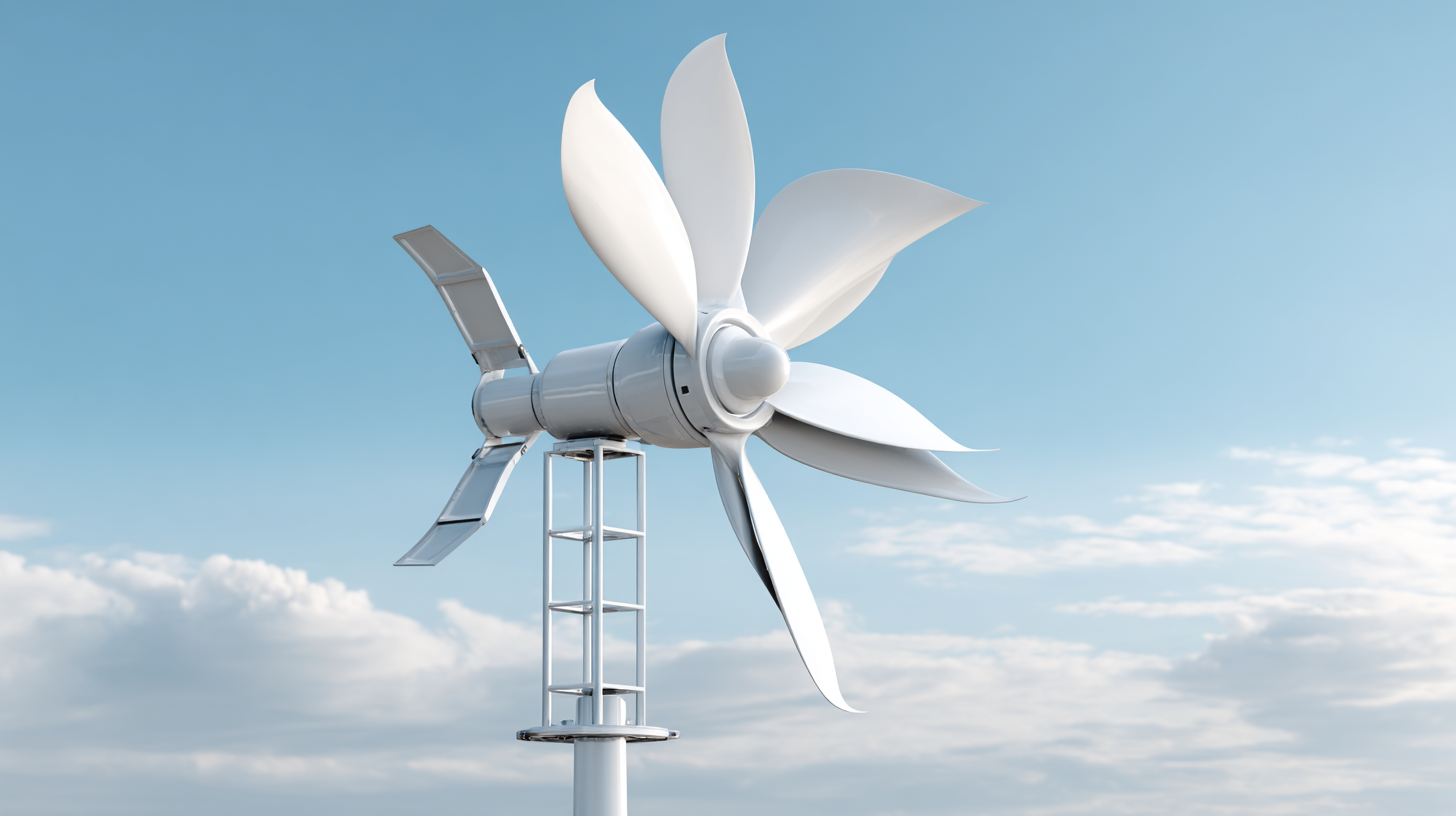
The Role of Small Wind Turbines in Expanding Renewable Energy Capacity
Small wind turbines are increasingly recognized for their significant role in expanding renewable energy capacity. According to the U.S. Department of Energy (DOE), the small wind market, defined as turbines generating less than 100 kilowatts, has the potential to meet about 10% of the energy needs for U.S. homes, translating to roughly 1.6 million households powered by wind energy. This shift not only supports residential energy independence but also contributes to the grid's resilience, enhancing overall energy security.
Moreover, the Global Wind Energy Council (GWEC) reports that the cumulative installed capacity of small wind turbines has reached approximately 1.4 gigawatts worldwide. This growth signifies a rising trend towards distributed energy resources, where local energy production reduces transmission losses and increases the efficiency of energy delivery. Investing in small wind technology empowers communities, particularly in rural areas, to harness localized resources, ultimately advancing global renewable energy goals and paving the way for a sustainable energy future.
Harnessing the Power of Small Wind Turbines to Achieve Renewable Energy Goals
This chart illustrates the contribution of small wind turbines to renewable energy capacity in various countries in 2023. The data shows how many megawatts (MW) of renewable energy capacity are generated by small wind turbines.
Battery Storage Integration with Small Wind Turbines for Enhanced Energy Efficiency
The integration of battery storage systems with small wind turbines is proving to be a game-changer in the pursuit of enhanced energy efficiency for renewable energy initiatives. With the global energy crisis and climate change concerns, small wind turbines represent a promising source of clean energy, particularly in rural and remote areas. According to the International Renewable Energy Agency (IRENA), by 2030, global installed capacity of small wind turbines could exceed 1.2 GW, contributing significantly to local energy independence and sustainability.
When combined with advanced battery storage, small wind turbines can mitigate intermittency issues, ensuring a reliable energy supply. A coordinated energy management strategy, as outlined in recent studies, optimizes the operation of these systems, allowing for real-time adjustments based on demand and generation patterns. This helps maintain voltage stability and improves overall system efficiency. A research study illustrated that integrating battery storage can enhance the efficiency of energy capture by up to 30%, ultimately leading to reduced costs and increased viability of small-scale wind projects. The alignment of these technologies not only bolsters economic energy optimization but also paves the way for a more resilient and sustainable energy future.
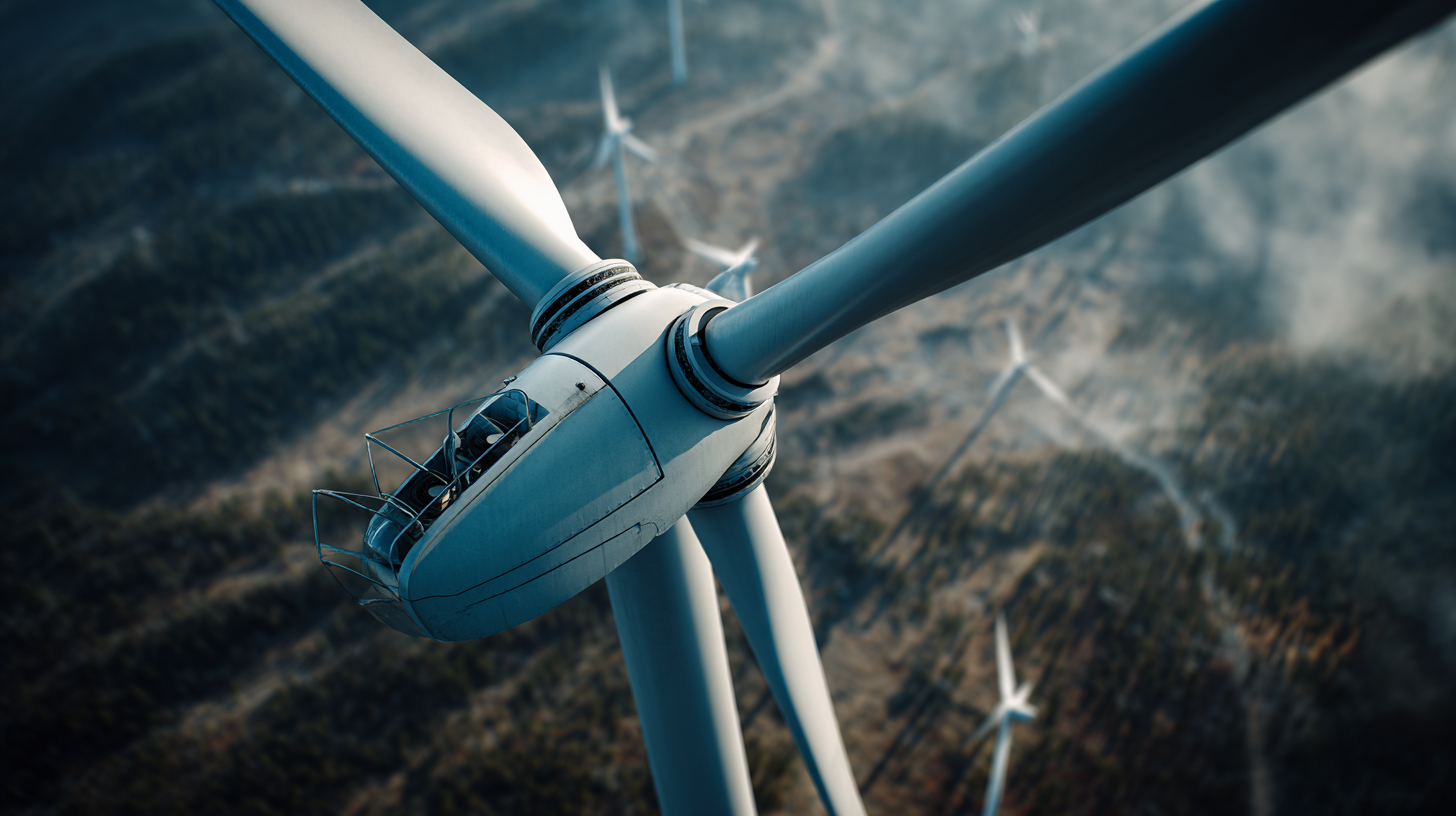
Economic Benefits of Small Wind Turbines: Cost-Effectiveness Versus Traditional Energy Sources
Small wind turbines present a cost-effective alternative to traditional energy sources, making them an appealing option for both residential and commercial applications. Unlike large-scale wind farms, which require substantial investments and extensive infrastructure, small wind turbines can be installed with relatively lower financial barriers. Their ability to generate power on-site not only reduces energy bills but also enhances energy independence, making them particularly attractive for rural areas and communities seeking localized solutions.
In comparison to fossil fuels and other conventional energy sources, small wind turbines often prove to be more economical over their operational lifespan. With advancements in technology, the initial installation costs have decreased while efficiency rates have improved. Additionally, small wind turbines typically have lower maintenance costs and can qualify for various incentives and tax breaks, which further enhances their economic viability. As awareness of renewable energy options grows, more individuals and businesses are recognizing the long-term savings and environmental benefits that small wind turbines can provide, thereby contributing to broader renewable energy goals.
Case Studies: Successful Deployment of Small Wind Turbines in Urban Settings
The integration of small wind turbines in urban environments has gained momentum as cities strive to meet renewable energy targets. Recent case studies highlight successful deployments of these turbines, showing they can be effectively utilized in compact and densely populated areas. High-resolution simulations have verified the feasibility of installing vertical axis wind turbines alongside buildings, demonstrating their potential to harness wind energy while mitigating spatial constraints typically faced in urban settings.
Moreover, adopting a human-centered design approach is essential for the successful integration of small wind turbines. This involves considering the socio-economic impacts, as well as potential barriers to acceptance among residents. The review of various renewable energy systems underscores the importance of aligning these technologies with community needs and sustainability goals. By addressing such factors, cities can promote greater public support and ultimately enhance the viability of small wind solutions as a key component of their renewable energy strategies.
Harnessing the Power of Small Wind Turbines to Achieve Renewable Energy Goals
| Location | Turbine Capacity (kW) | Height (m) | Annual Energy Production (kWh) | CO2 Savings (tons/year) | Installation Year |
|---|---|---|---|---|---|
| Urban Park A | 10 | 15 | 15,000 | 4.5 | 2020 |
| Community Center B | 5 | 12 | 8,000 | 2.4 | 2019 |
| Educational Institution C | 15 | 18 | 25,000 | 7.5 | 2021 |
| Housing Development D | 8 | 14 | 12,000 | 3.6 | 2018 |
Regulatory Frameworks and Incentives Supporting Small Wind Energy Solutions
The regulatory frameworks and incentives supporting small wind energy solutions are crucial for the successful integration of this technology into the renewable energy landscape. According to the U.S. Department of Energy, small wind turbines, defined as those with capacities of up to 100 kW, can significantly contribute to regional energy independence and sustainability goals. With over 300 megawatts of installed capacity across the United States, small wind installations have demonstrated their potential for localized energy generation, particularly in rural and semi-urban settings.
Government incentives such as tax credits, grants, and feed-in tariffs play a vital role in promoting small wind energy projects. The federal Investment Tax Credit (ITC), which allows for a deduction of up to 26% of the installation costs, has been instrumental in bridging the financial gap for small wind turbine users. Furthermore, state-level policies in California and Texas have set ambitious renewable energy targets, providing additional support and resources to aspiring small wind developers. Reports indicate that these regulatory measures, when combined with advancements in turbine technology, can boost the small wind sector's growth, potentially leading to a projected 10% increase in market share over the next decade, as stated in the latest Renewable Energy Market Report.
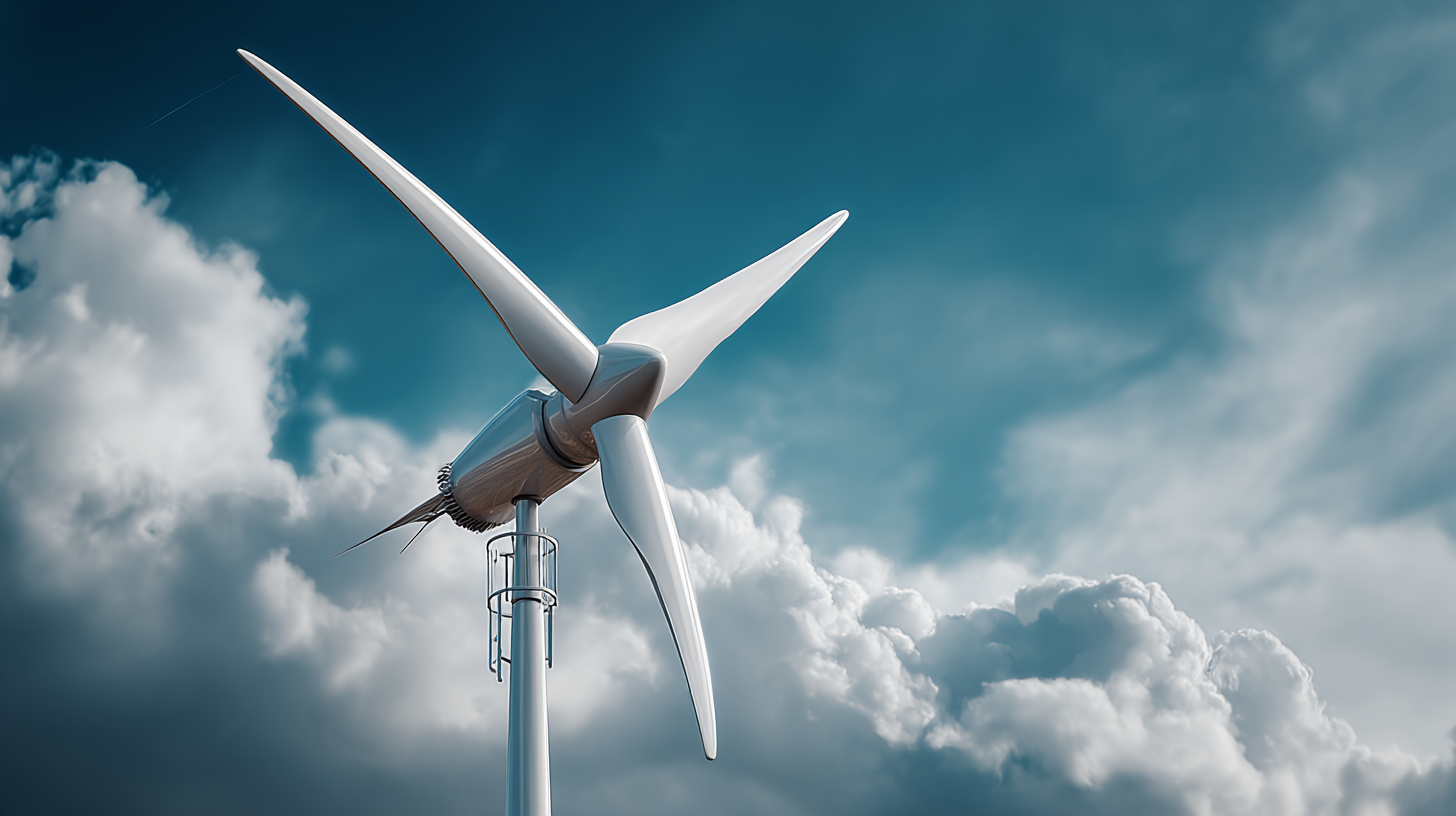
Related Posts
-
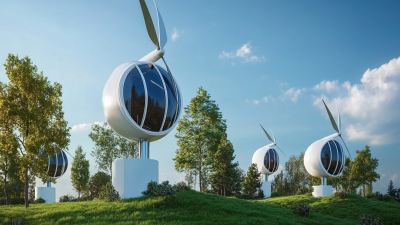
Unlocking the Potential of Micro Wind Turbines for Sustainable Energy Solutions
-
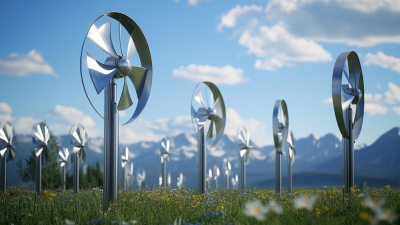
Unique Applications of Personal Wind Turbines in Sustainable Living
-
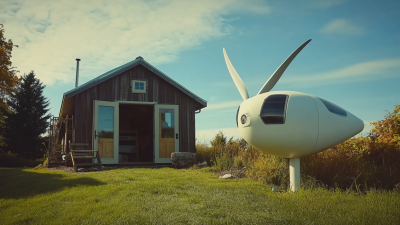
Comprehensive Handbook for Choosing the Best Small Wind Turbine for Your Home
-

Innovative Solutions for Harnessing Wind Mill Turbine Efficiency
-

7 Best Wind Mill Turbine Solutions for Sustainable Energy Production
-
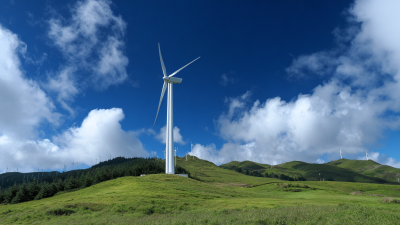
How to Select the Right Small Wind Turbine for Your Needs
Tell us about your project
Our Off-grid experts will come back with recommendations




